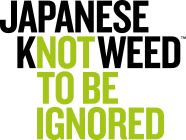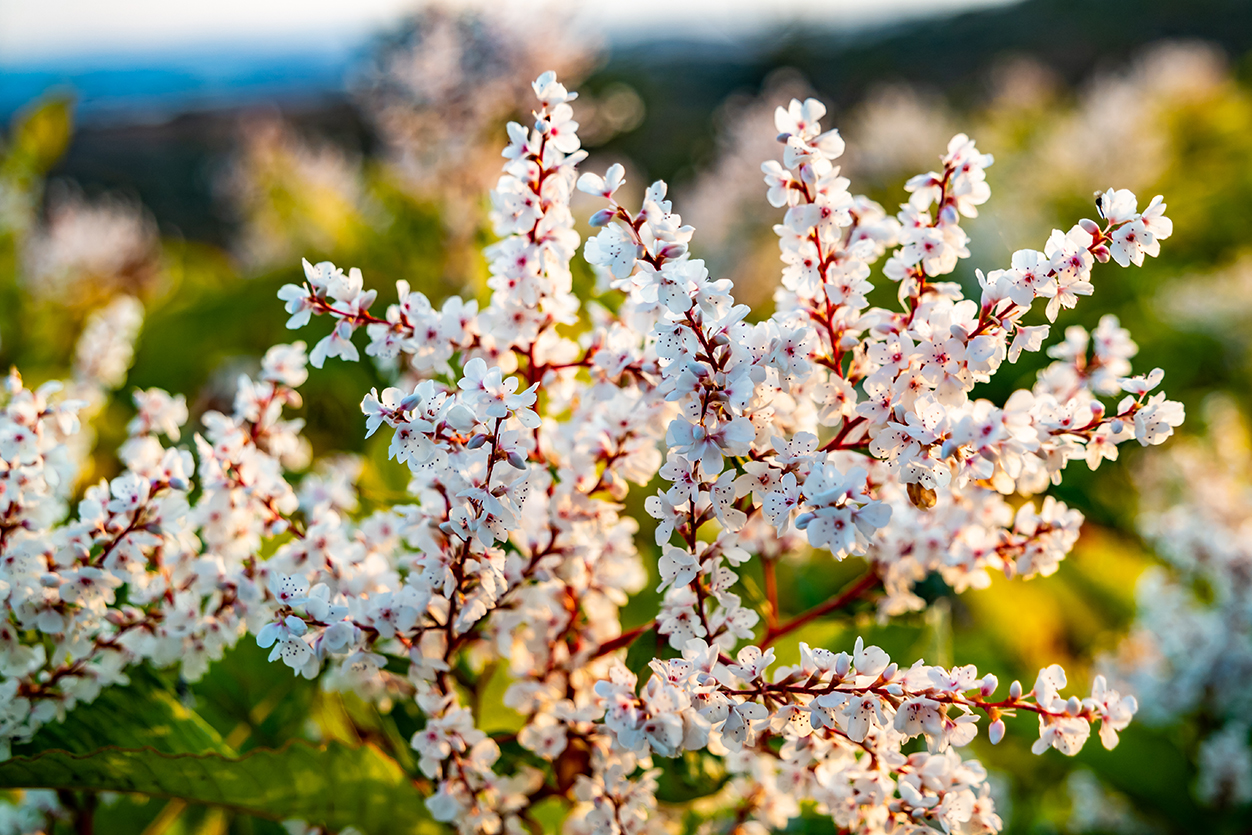Stop the spread
Biosecurity – the exclusion, eradication, and effective management of unwanted organisms – requires knowing what invasive non-native species (INNS) are on the hit list, the associated risks they carry, identifying priority species, and slowing the rate of new invasions.
The human movement of INNS beyond their historical geographic range has resulted in environmental, social, and economic damage. For example, Japanese knotweed, Water pennywort and signal crayfish continue to have significant impacts in Great Britain. Most INNS are introduced by international trade, both intentionally (as live plants or animals) and accidentally as contaminants on other products or ‘stowaways’ in vehicles and boats
Bio-security objectives
- Identify key invasion pathways by which INNS may spread or arrive.
- Establish good biosecurity practice/protocols that covers any human, equipment or machinery movement both onsite and from site to site.
- Develop a biosecurity risk assessment process for projects/sites/activities to monitor procedures are being adhered to.
Bio-security measures
At Japanese Knotweed Ltd (JKL) we ensure that on all projects carried out we work closely with the organisation(s) involved to maintain that where operations may pose a risk regarding the introduction or spread of INNS our Bio-security measures, protocols and procedures are adhered to. Bio-security measures are there to control the spread of INNS within a given site or multiple sites. If a site does not currently have any non-native species, it is also important to consider potential pathways of introductions of invasives onto the site from elsewhere and for mitigation procedures to be put in place to prevent this.
We recommend always following Defra’s biosecurity guidance for controlling the spread of invasive species both on land and water, called (Check-Clean-Dry)
- CHECK your equipment and clothing carefully for any live organisms – particularly in areas that are hard to inspect.
- CLEAN and wash all equipment, footwear and clothing thoroughly. If you do come across any organisms, leave them at the water body where you found them.
- DRY all equipment and clothing – some species can live for many days in moist conditions. Always ensure you don’t transfer water elsewhere.
Good practice
To maintain good site hygiene when dealing with any non-native species our field technicians also follow these rules:
- Enter the site with clean footwear and clothing.
- Clean boots of all soil deposits before moving from one INNS area to another.
- Ensure no deposits are attached to clothing before moving to another INNS area.
- Signs should be erected to warn people working there that the area is infested / contaminated (if required).
- Tracked vehicles should not be used within the area of infestation as particles of INNS can easily be lodged in the tracks and transported to a different location.
- All vehicles leaving the infested area and / or transporting infested soil/materials must be thoroughly pressure-washed in a designated wash-down area before being used for other work.
If you’d like to know about how you can inject bio-security into your processes, please get in touch and our Specialist Advisory Manager will be able to help. Email contact@knotweed.co.uk and mention ‘Bio-security’ in your heading.


